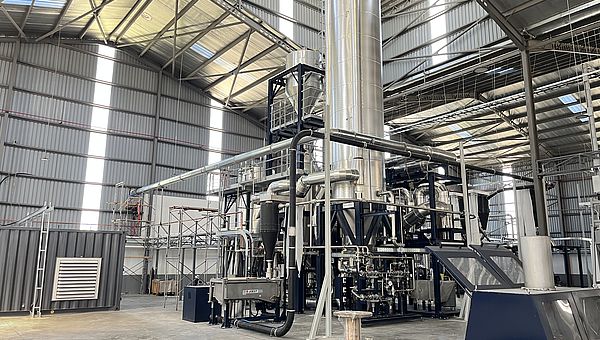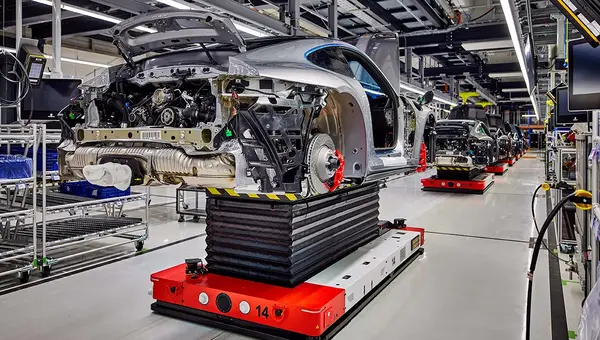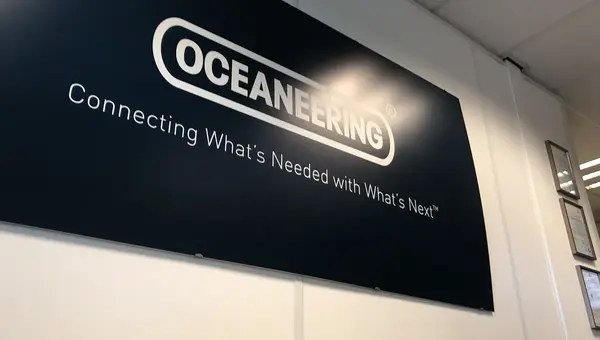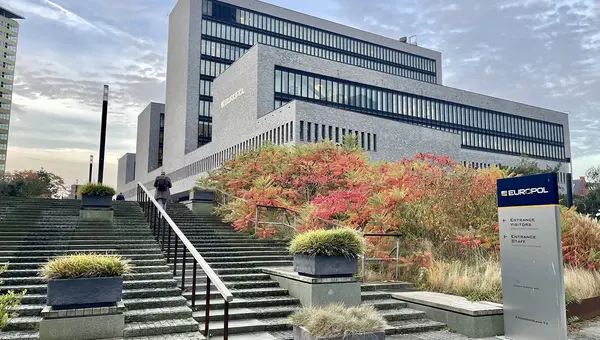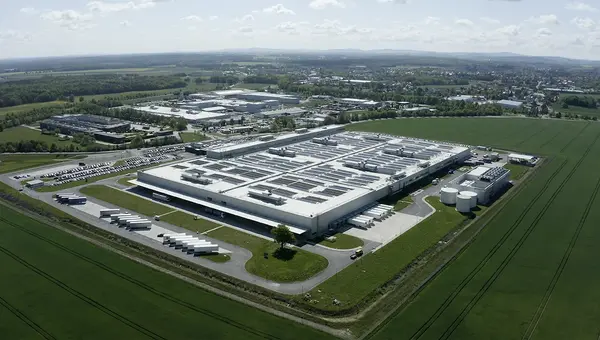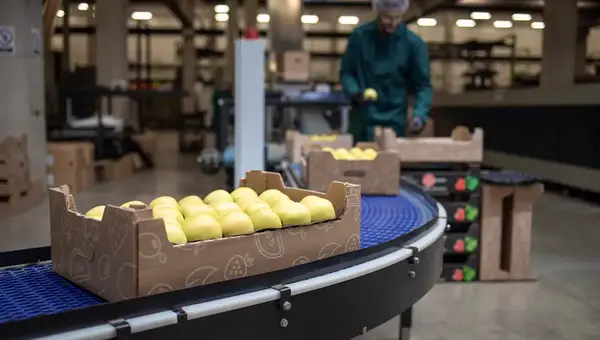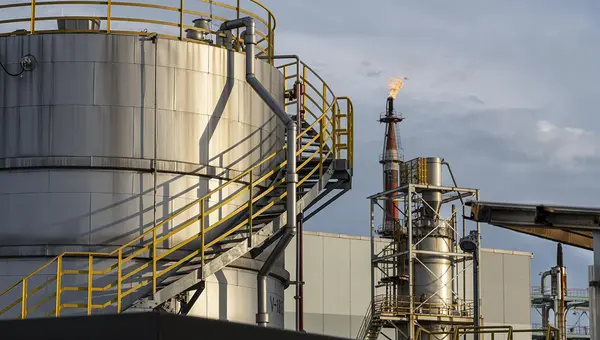Integrating Fleet Management Software for Automation & Control Systems
| Project owner: | Daimler AG, Kamenz, Germany |
| Project industry: | Automation & Control Systems |
| Project services: | Stakeholder Needs Management, Product Requirements Management, Product Architecture Definition, Product Design & Analysis, Product Integration, Product Verification & Validation |
| Project completion: | 2021 |
| Project duration: | 16 months |
Disclaimer
The Experiences presented below were undertaken by the founders and partners of Waste2Value in their individual professional capacities, prior to the formation of the company. Waste2Value was not directly contracted or engaged to deliver these assignments. These Experiences are shared to illustrate the depth of in-house expertise we bring to our clients and to highlight the quality, rigour, and impact that underpin our approach to every engagement.
Results
- Unified multi-stakeholder system specification was delivered through structured modeling activities, enabling all supplier systems to interoperate faultlessly within the INTEGRA-defined communication framework.
- Accelerated integration timelines were achieved by applying standardized systems engineering artifacts—such as state machines, sequence diagrams, and interface definitions—which allowed all parties to work from a shared and validated reference design.
- Improved stakeholder alignment and decision-making through consistent facilitation of cross-functional engineering sessions, transforming loosely defined expectations into traceable technical requirements and deliverables.
- Full traceability across lifecycle stages from requirement definition to final verification, ensuring each system behavior and interaction was validated against business and safety-critical constraints, including ISO 3691-4:2020.
- Increased delivery confidence and reduced implementation risk by proactively identifying cross-domain inconsistencies, interface mismatches, and potential design gaps before development cycles began.
- Achieved true customer satisfaction by enabling the development & delivery of a robust, technically sound solution that met all operational goals—demonstrating the real-world impact and value of Wate2Value Eco’s systems engineering capabilities.
Discover More Experiences
Explore our experience in this industry that have helped companies tackle real-world challenges.
1/3
